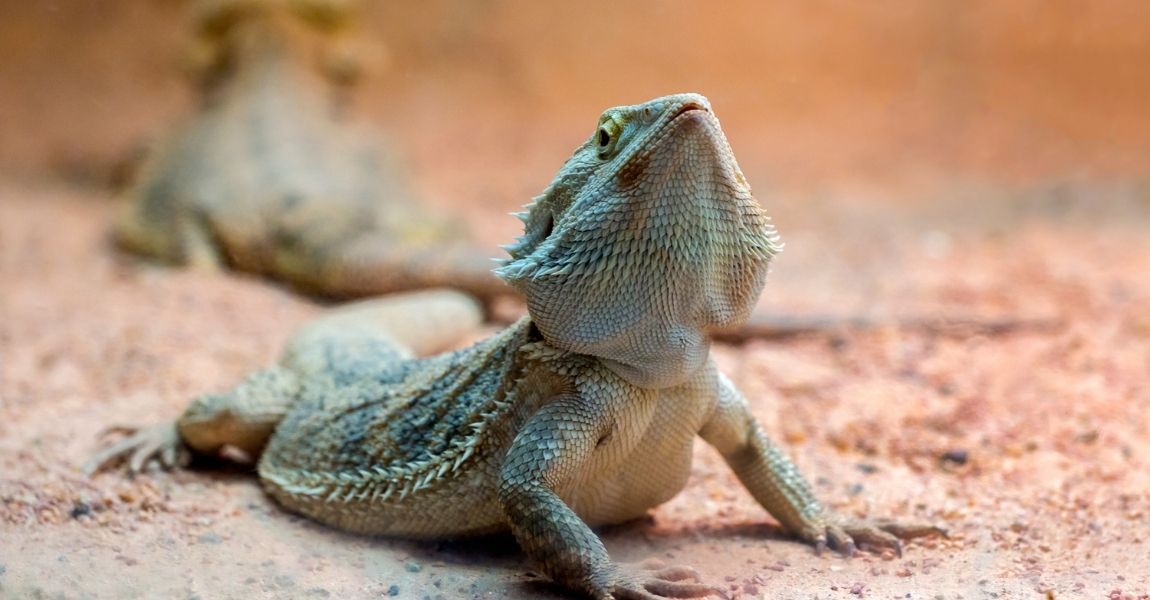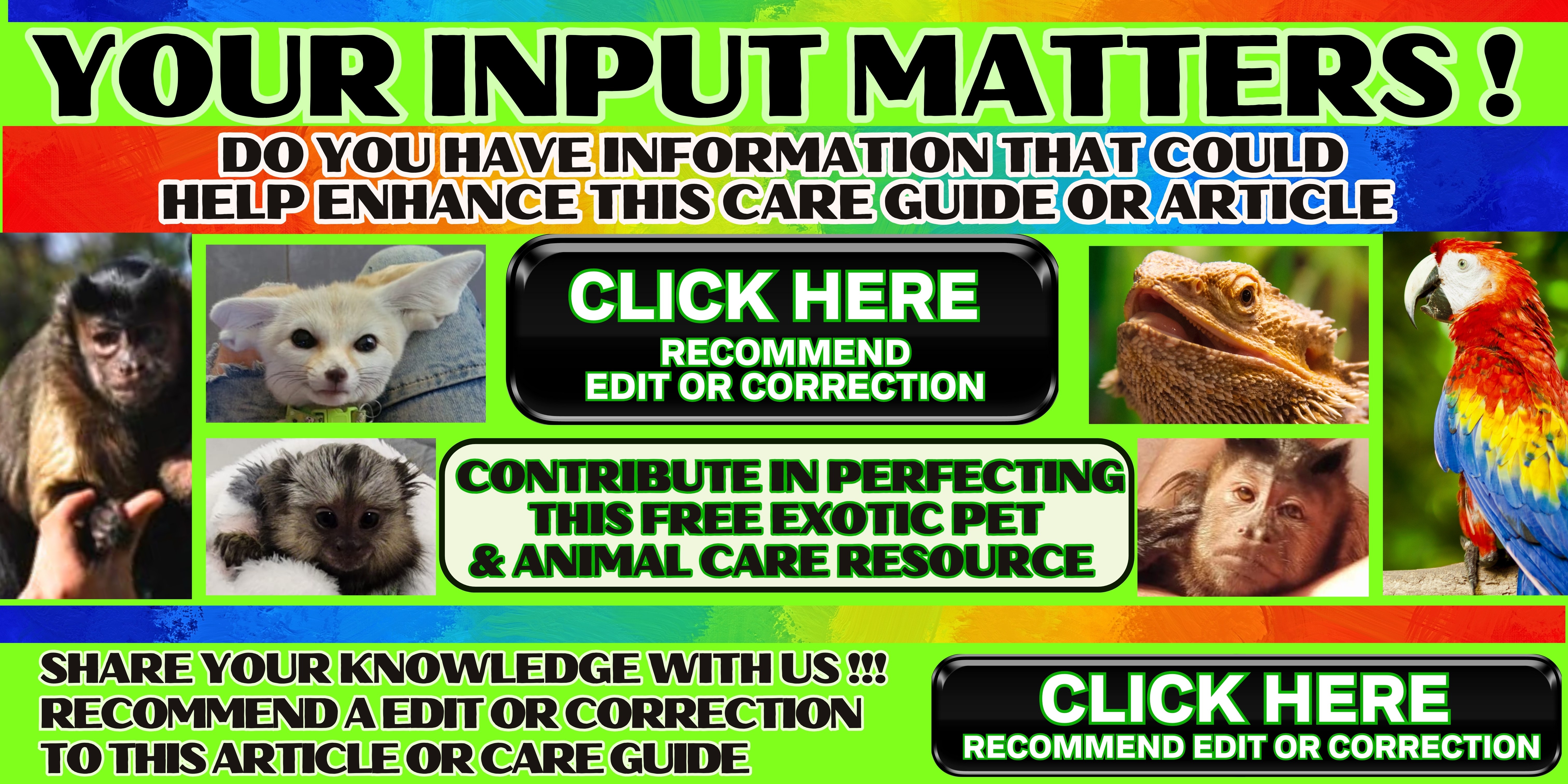Introduction:
Maintaining a well-balanced diet is crucial for the overall health and well-being of your pet sugar glider. Calcium deficiency is a common concern among glider owners, as it can lead to serious health issues. In this article, we will explore the importance of calcium for sugar gliders, identify the signs of calcium deficiency, and provide practical tips on preventing this condition to ensure your glider leads a happy and healthy life.
Understanding Calcium's Role:
Calcium plays a vital role in the development and maintenance of healthy bones, teeth, muscles, and nerve function in sugar gliders. Without sufficient calcium, your glider may experience a range of health problems, including weakened bones, dental issues, muscle tremors, and reproductive complications. As a responsible glider owner, it's essential to prioritize calcium intake to prevent these issues.
Recognizing the Signs of Calcium Deficiency:
Being aware of the signs and symptoms of calcium deficiency in sugar gliders is key to early detection and intervention. Watch out for the following indicators: Weakness or lethargy Loss of appetite Difficulty in climbing or walking Fractures or bone deformities Dental problems (e.g., excessive drooling or difficulty chewing) Muscle tremors or spasms Reduced fertility or egg-laying issues in breeding females
Preventing Calcium Deficiency:
A Balanced Diet:
Providing a nutritionally balanced diet is the cornerstone of preventing calcium deficiency in sugar gliders. Offer a diverse range of foods that are rich in calcium, phosphorus, and other essential nutrients. A suitable diet may include a combination of fresh fruits, vegetables, leafy greens, lean proteins (such as cooked chicken or mealworms), and specially formulated glider pellets. Be sure to consult a veterinarian or an experienced glider breeder for guidance on appropriate diets.
Calcium-Rich Foods:
Incorporate calcium-rich foods into your glider's diet to supplement their calcium intake. Offer calcium-rich fruits such as figs, oranges, and kiwis, as well as calcium-enriched leafy greens like kale, collard greens, and dandelion greens. Additionally, you can include calcium supplements formulated specifically for sugar gliders. However, always consult with a veterinarian to determine the correct dosage.
Gut-Loaded Insects:
If you feed your sugar glider insects, ensure they are properly gut-loaded. Gut-loading involves feeding nutritious foods to insects before offering them to your glider. This process enhances the nutritional content of the insects and boosts their calcium levels. Calcium-rich gut-loaded insects, such as crickets or mealworms, provide a natural source of calcium for your glider's diet.
Natural Sunlight and Vitamin D:
Expose your sugar glider to natural sunlight or provide a UVB light source to stimulate vitamin D production. Vitamin D aids in the absorption of calcium, promoting healthy bone development. Allow your glider to spend supervised time outdoors or set up a UVB light fixture inside their enclosure, following manufacturer guidelines. Remember to ensure proper temperature and safety during outdoor exposure.
Veterinary Check-ups:
Regular veterinary check-ups are crucial for monitoring your sugar glider's overall health, including calcium levels. A veterinarian experienced in exotic animals can perform blood tests and provide professional advice on calcium supplementation if needed. Seek their guidance for appropriate dietary adjustments or any specific requirements for your glider's individual needs.
Conclusion:
Preventing calcium deficiency in pet sugar gliders is of utmost importance for their well-being. By providing a balanced diet, incorporating calcium-rich foods, ensuring proper UVB exposure, and seeking professional veterinary care, you can significantly reduce the risk of calcium-related health issues. Stay vigilant, observe your glider's behavior, and remember that a well-nourished sugar glider is a happy and healthy companion.





